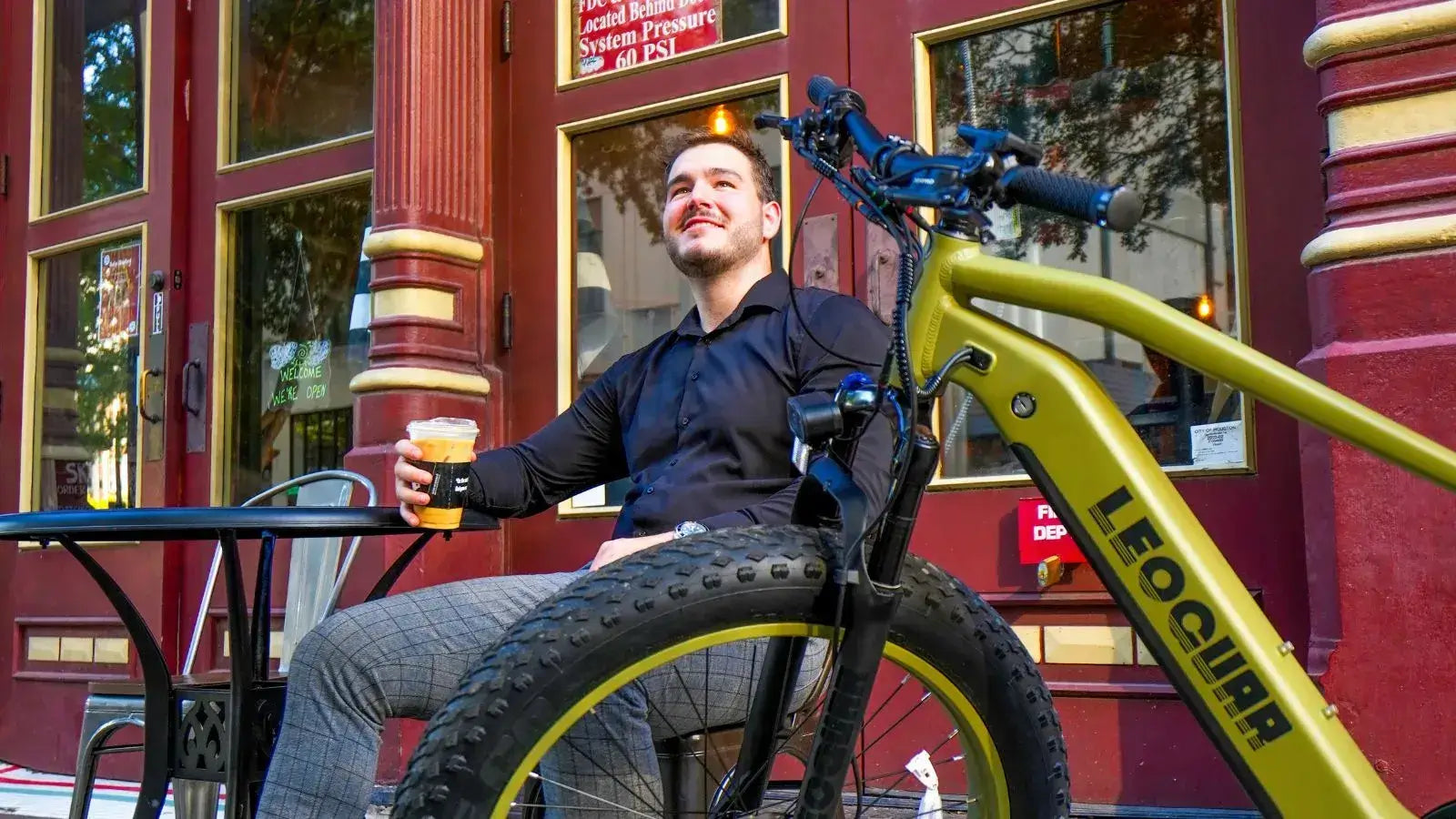
Best Bikes for City Riding: Comfort & Safety Guide
Finding Your Perfect Ride
Picking the best bike for city life can feel hard. With so many choices, confusing terms, and flashy ads, it's easy to get lost in the details. This guide cuts through the noise. We will help you find the perfect city bike by focusing on three key things that really matter for daily use: Comfort, Safety, and Smart Design.
These parts are way more important than brand names or top speeds when you're riding on city streets. We think that a bike you love to ride is one that fits your body and your lifestyle perfectly. As more cities become bike-friendly, there has never been a better time to start cycling. We will also look at whether an e-bike might be the right choice to boost your city rides.
Comfort for Daily Commutes
If a bike isn't comfortable, you won't ride it. For daily travel, comfort isn't extra; it's required. It's what makes the difference between a fun ride to work and a painful task.
City comfort comes from how you sit, where your body touches the bike, and how the bike handles rough city roads. Your bike's frame shape controls your riding position, which affects your comfort and how well you can see traffic. You have two main choices: upright or leaning forward.
Posture and Geometry
Upright posture keeps your back almost straight. This style gives you great visibility for watching traffic, less strain on your back, neck, and wrists. It provides a relaxed, clear view of what's around you.
From experience, being able to look drivers in the eye without twisting your neck really helps your confidence at busy crossings. However, this position is less wind-cutting and gives you less power for climbing steep hills. Leaning forward posture has you bending over, sharing your weight between your hands and seat.
This position works better for making speed and power, which helps with longer rides or tough hills. You feel more connected to the bike and ready to speed up quickly. But it can put more strain on your wrists and lower back, and it reduces how much you can see ahead.
Key Touch Points
Your main contact points with the bike are the seat, handlebars, and grips. Stock parts don't fit everyone the same way. A great city bike will have quality contact points, or you should plan to upgrade them.
A seat that's too narrow will hurt, while one that's too wide can cause rubbing. For upright riding, a wider, more cushioned seat often works best. For leaning forward positions, a narrower seat supports your sit bones without getting in the way.
Handlebar shape also matters a lot. Swept-back bars help you sit upright and are great for relaxed cruising, while flat or riser bars give you more direct control for quick moves. City streets are rarely perfect.
Potholes, cracks, and train tracks are part of city life. Your bike's ability to smooth out these rough spots is key to a comfortable ride. Forget skinny, high-pressure road bike tires.
Tires and Suspension
For city riding, wider is better. Typical city bike tire widths range from 32mm to 45mm, giving a good mix of speed and comfort. They can run at lower air pressure, which helps them absorb bumps and gives better grip.
Some city bikes come with front suspension. While it adds comfort by soaking up bigger hits, it also adds weight, cost, and upkeep. For most city areas with decent pavement, a bike with wider tires works fine.

Essential Urban Safety
In a busy city environment, your safety comes first. Beyond a helmet, your bike should have features designed to protect you in unpredictable traffic and all weather. These features aren't optional extras; they're must-haves for a true city bike.
Choosing the Right Brakes
Your ability to stop quickly and safely is your most important safety feature. There are two main types of brakes to think about, with disc brakes being the better choice for city riding. Rim brakes offer good stopping power but perform poorly in wet weather with reduced power.
They're simple and easy to adjust but cost less. Mechanical disc brakes provide very good stopping power and good wet weather performance with consistent braking. They're more complex than rim brakes and cost a medium amount.
Hydraulic disc brakes offer excellent stopping power and excellent wet weather performance that's unaffected by rain. They need low maintenance because they self-adjust but cost more. We strongly recommend hydraulic disc brakes.
They give the most stopping power with the least hand effort, and rain or puddles don't affect how well they work. This reliability gives you great peace of mind when a car pulls out in front of you on a wet day.
Lighting and Reflectivity
Being visible to others is just as important as being able to see. According to safety experts, being seen is a key factor in preventing accidents. The best city bikes build this into their design.
Look for bikes with built-in lighting systems, either powered by a dynamo hub that makes power as you ride or a large, built-in battery. This approach means your lights are always on and you never have to worry about charging or forgetting them. Also, features like reflective tire sides and subtle reflective details on the frame and parts greatly increase how visible you are from the side.

Gearing for Control
Gears on a city bike aren't just for climbing hills; they're for control. Having the right gear range lets you speed up quickly from a stoplight to get ahead of traffic, keep a comfortable pedaling speed on a bridge or hill, and move through slow-moving foot traffic without losing your balance. For the ultimate in simplicity and reliability, think about an internally geared hub.
All the gear parts are sealed inside the rear hub, protecting them from weather and damage. This creates a very low-maintenance system that you can even shift while completely stopped, which is perfect for city intersections.
Smart Design for Easy Living
A truly great city bike fits smoothly into your life. Smart design isn't about fancy electronics; it's about clever, practical engineering that solves the daily problems of city cycling. It's a bike that's easy to own, not just easy to ride.
The Low-Maintenance Dream
Your time is valuable. You'd rather be riding your bike than cleaning and fixing it. The ultimate low-maintenance city machine combines two key technologies: a belt drive and an internally geared hub.
A Gates Carbon Belt Drive replaces the traditional greasy chain with a carbon-fiber belt. It needs no oil, won't rust, and lasts much longer than a chain. It's clean, quiet, and incredibly reliable.
Combined with a protected internally geared hub, you have a drive system that can handle almost anything the city throws at it. On a city bike, fenders, racks, and a kickstand aren't accessories; they're essential equipment.
Essential Built-in Utility
A bike sold as a commuter without them is incomplete. Fenders keep you and your bike clean from road spray when it rains, letting you ride in more conditions. A sturdy rear rack changes everything, letting you carry groceries, your work bag, or a picnic for the park without a sweaty backpack.
And a simple kickstand makes parking the bike for a quick stop easy, so you don't have to lean your bike against a dirty wall or hunt for a pole. Bike theft is an unfortunate reality of city life.
Anti-Theft by Design
While a good lock is your main defense, some bikes have features that make them less appealing targets. Look for bikes with anti-theft bolts on the wheels, seat post, and handlebars. These need a special key to remove, which stops thieves from stripping your bike for parts.
Also, a bike with a more understated, less flashy design can often avoid the attention of thieves looking for high-value targets. For more protection strategies, we recommend checking tips from cycling safety groups on securing your ride.
The E-Bike Factor
The rise of the e-bike has changed city transportation. An electric-assist bike can flatten hills, shrink distances, and make cycling possible for more people than ever. But is it right for you?
When to Choose an E-Bike
An e-bike isn't about avoiding exercise; it's about enabling more riding. An e-bike changes everything in these situations: if your city is full of hills, an e-bike turns scary climbs into manageable rides. You can arrive at the office or a meeting feeling fresh and ready to go, without needing a shower.
An e-bike can easily turn a 10-mile trip that feels too far into a pleasant daily ride. Carrying groceries, packages, or even a child becomes much easier with electric help.
E-Bike Basics Explained
You don't need to be an engineer to understand e-bikes. The two key parts are the motor and the battery. Motors come in two main types: hub-drive in the wheel and mid-drive at the pedals.
Hub-drives feel like you're being pushed, while mid-drives feel more like a natural extension of your own pedaling power. For batteries, the capacity is measured in Watt-hours (Wh). A larger number means a longer range.
Think of it in practical terms: a 400-500Wh battery is often enough for several days of typical city commuting on a single charge. Look for a removable battery, which makes charging much easier if you live in an apartment. And don't worry, e-bikes still give you significant physical activity benefits.
Decision Guide
Still unsure? This breakdown shows the key differences between a traditional bike and an e-bike for city use. Traditional bikes have a lower initial purchase price and are lighter and easier to carry up stairs.
They have simpler mechanics with lower long-term costs but rely entirely on your physical effort and are limited by your personal fitness and energy. E-bikes have a higher initial purchase price and are heavier, which can make them difficult to lift. They have more complex parts with potential for motor and battery service.
However, pedal-assist reduces effort and flattens hills, and while they're limited by battery, they easily extend your personal range.
FAQ
Q: What makes the best bikes for city riding different from other types of bikes?
A: The best bikes for city use focus on comfort, safety, and practical features rather than speed or performance. They typically have upright riding positions, wider tires for comfort, reliable braking systems, built-in lights, fenders, and racks. These bikes are designed for daily use in urban environments with features that make commuting easier and safer.
Q: How do I know if I should choose a traditional bike or an e-bike for city riding?
A: Choose an e-bike if you face hilly terrain, want to arrive at work without sweating, need to travel longer distances (over 5-7 miles), or plan to carry heavy loads regularly. Traditional bikes work well for shorter, flatter routes and cost less upfront. Consider your daily route, physical fitness level, and budget when deciding.
Q: What are the most important safety features for a city bike?
A: The most crucial safety features are reliable brakes (preferably hydraulic disc brakes), integrated lighting systems, reflective elements for visibility, and appropriate gearing for quick acceleration and control. A good helmet is essential, and features like anti-theft components also contribute to overall bike security in urban areas.
Q: How much maintenance do city bikes typically require?
A: Traditional city bikes with quality components need basic maintenance like tire pressure checks, occasional brake adjustments, and chain lubrication every few weeks. Bikes with belt drives and internal gear hubs require even less maintenance. E-bikes need additional battery care and occasional motor servicing, but daily maintenance is minimal for both types.
Q: What tire width is best for city bike riding?
A: For city riding, tire widths between 32mm and 45mm offer the best balance of comfort and efficiency. These wider tires can run at lower air pressure to absorb road bumps and provide better grip on various surfaces. They're much more comfortable than narrow road bike tires while still being efficient enough for daily commuting.



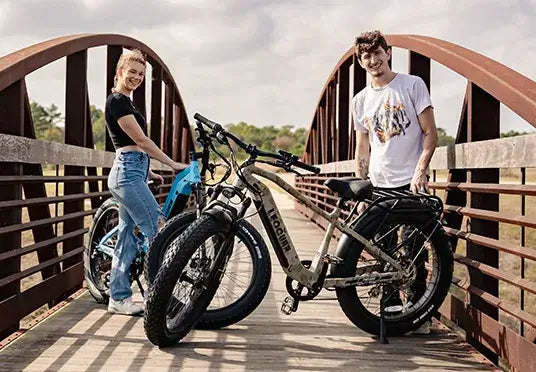
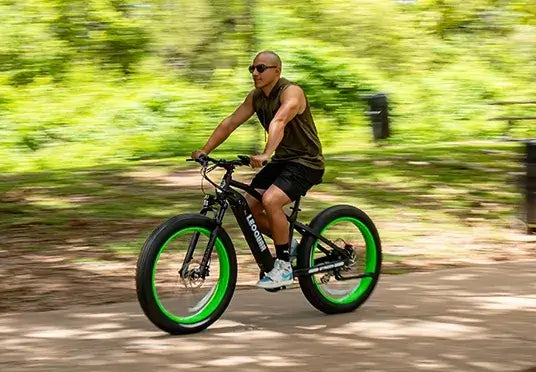
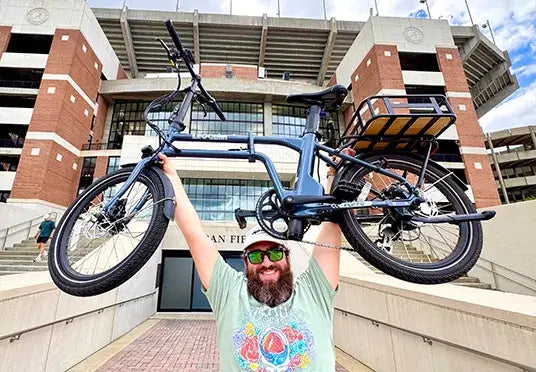
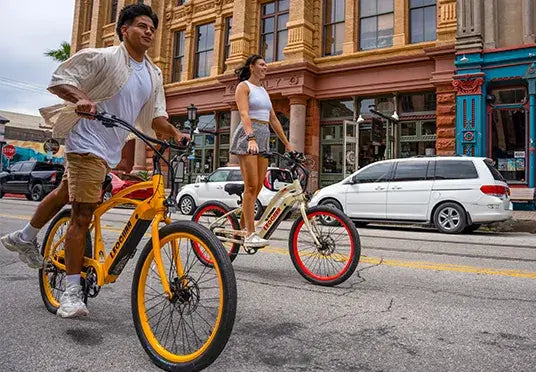
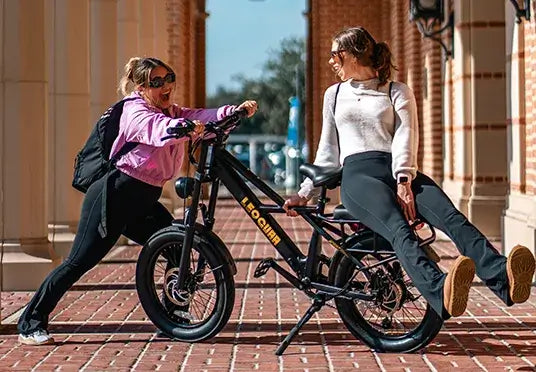
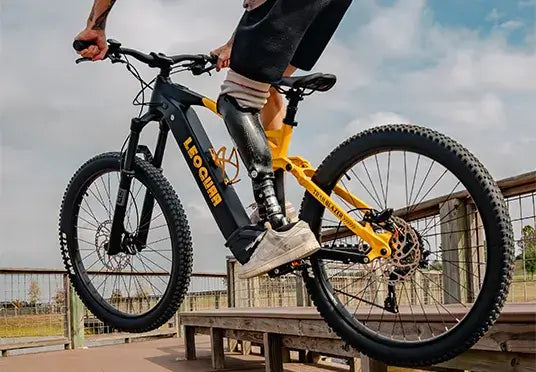
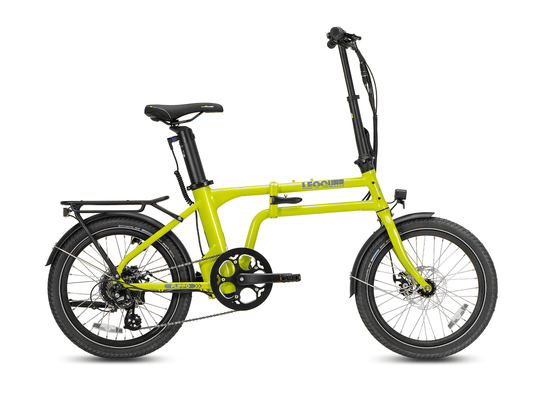
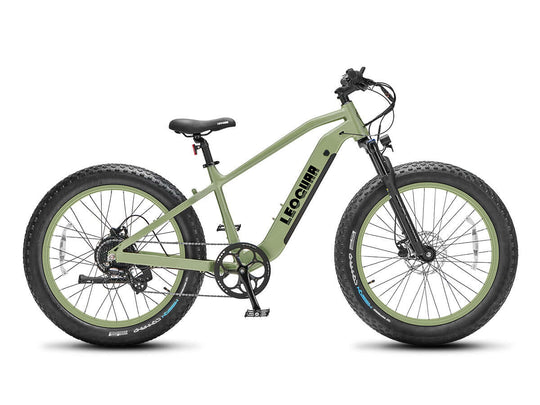
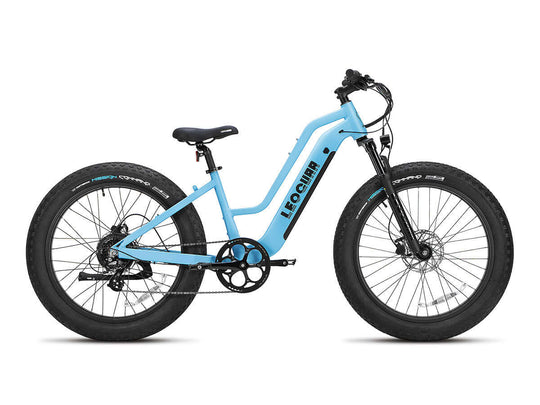
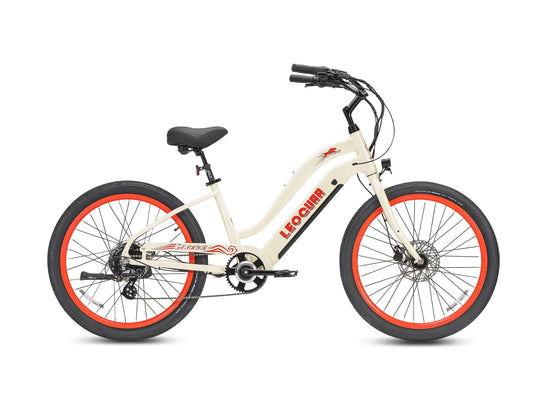
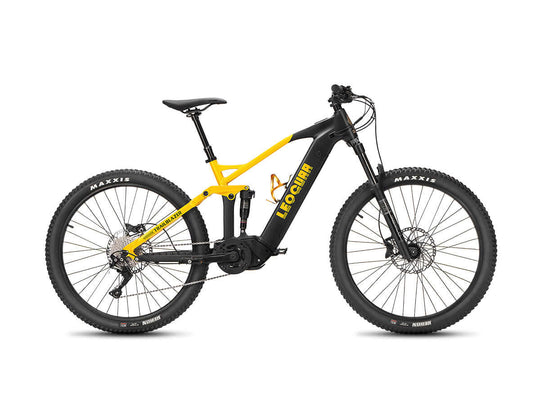
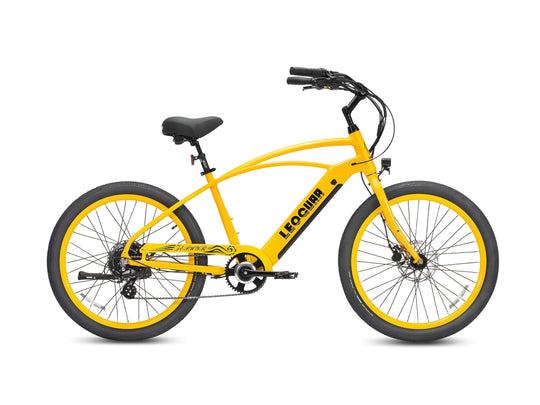
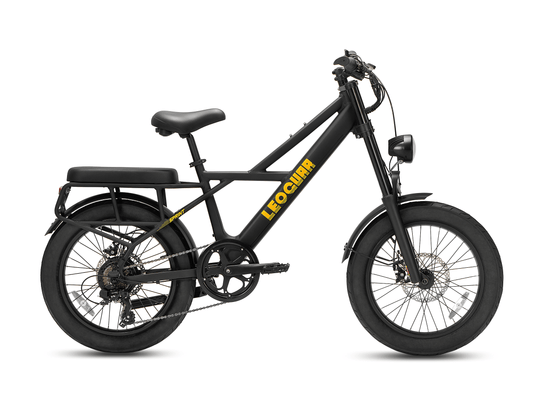
















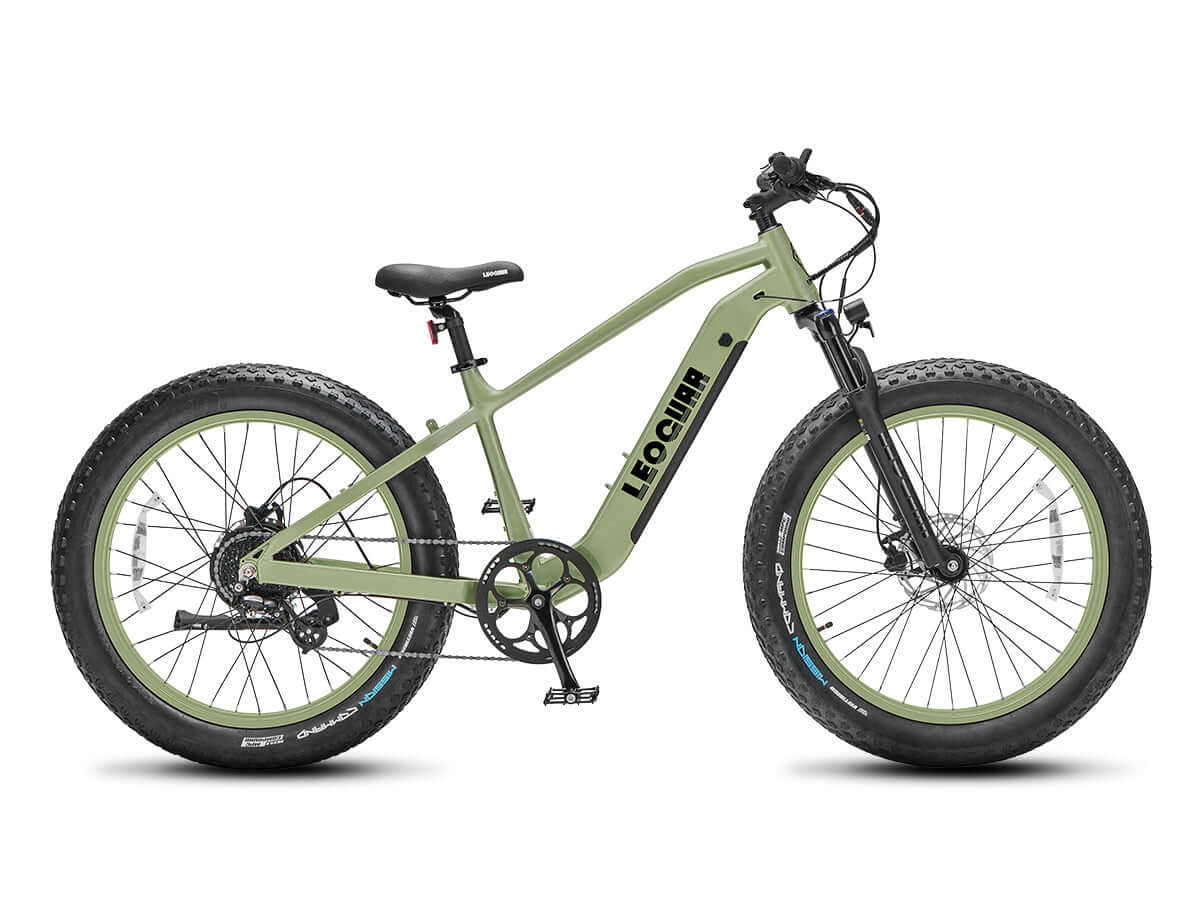








Leave a comment